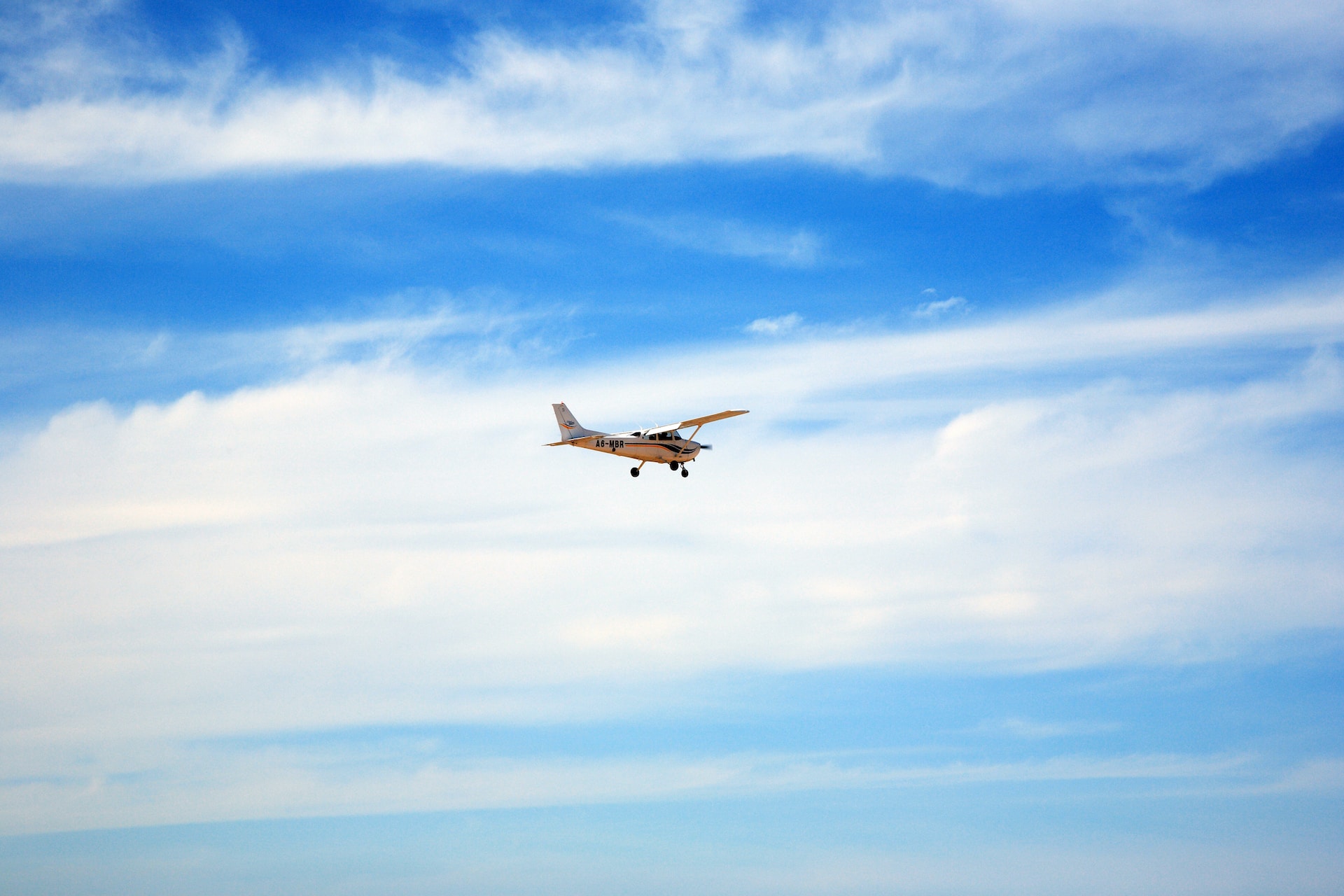Exploring the Hidden Aspects of Light Aircraft
In the world of aviation, light aircraft hold a unique allure, offering both the thrill of flight and the practicality of personal travel. Often overshadowed by their commercial counterparts, these smaller aircraft contain fascinating complexities that merit exploration. This article delves into the intricate design elements and sophisticated mechanics that make light aircraft a marvel of engineering.
Unveiling Secrets: Inside Light Aircraft Design

Light aircraft, typically weighing less than 12,500 pounds, are a testament to the art of engineering. The design process of these aircraft involves a delicate balance between performance, safety, and efficiency. Engineers focus on optimizing aerodynamics to ensure stability and control at lower speeds, which is crucial for the varied environments in which these planes often operate. From the shape of the wings to the materials used, each component is meticulously crafted to enhance the aircraft’s overall performance while maintaining structural integrity.
One of the key elements in the design of light aircraft is weight reduction. Unlike commercial airliners, light aircraft must achieve high efficiency with significantly less power. This necessitates the use of lightweight materials such as composites, aluminum, and advanced alloys. These materials not only reduce the aircraft’s weight but also increase its fuel efficiency and range. Moreover, the integration of modern avionics into light aircraft design has revolutionized navigation and communication systems, providing pilots with sophisticated tools that enhance situational awareness and flight safety.
Another fascinating aspect of light aircraft design is the customization options available to owners and pilots. Many manufacturers offer a range of bespoke features that allow for personalization in both aesthetics and performance. This can include everything from interior cabin design and seating arrangements to advanced avionics packages and enhanced safety features. Such customization not only provides a more enjoyable flying experience but also underscores the versatility and adaptability of light aircraft to meet the varied needs of pilots and passengers.
Discovering the Intricacies of Aviation Mechanics

The mechanics of light aircraft are as diverse and complex as their designs. At the heart of these machines are the engines, which range from traditional piston engines to more advanced turboprop systems. These engines are designed to provide reliable performance while ensuring minimal maintenance, a crucial factor for private pilots and small aviation companies. Understanding the intricacies of these powerplants is vital for both safety and performance, making them a focal point in the field of aviation mechanics.
Maintenance of light aircraft involves a detailed understanding of the various systems that keep the aircraft in the sky. This includes the hydraulic systems that control landing gear and flight surfaces, as well as the electrical systems that power avionics and lighting. Regular maintenance checks are critical to identifying potential issues before they become significant problems, ensuring the aircraft remains airworthy. Mechanics specializing in light aircraft must possess a keen eye for detail and an ability to work with precision, given the critical nature of their work.
Another critical aspect of light aircraft mechanics is the emphasis on continuous improvement and innovation. With advancements in technology, new methods and tools are constantly being developed to enhance the functionality and safety of these aircraft. Whether it is through the integration of digital monitoring systems or the development of more efficient engines, the field of aviation mechanics is one of constant evolution. This commitment to innovation ensures that light aircraft continue to be at the forefront of personal and private aviation, offering both safety and performance to their operators.
Light aircraft are more than just transportation devices; they are a confluence of design ingenuity and mechanical precision. As we explore the hidden aspects of these machines, it becomes clear that they embody the spirit of aviation in its purest form. Whether you are a pilot, an aviation enthusiast, or simply curious about the world of flight, understanding the complexities of light aircraft opens up a new appreciation for the engineering marvels that take us to the skies.



